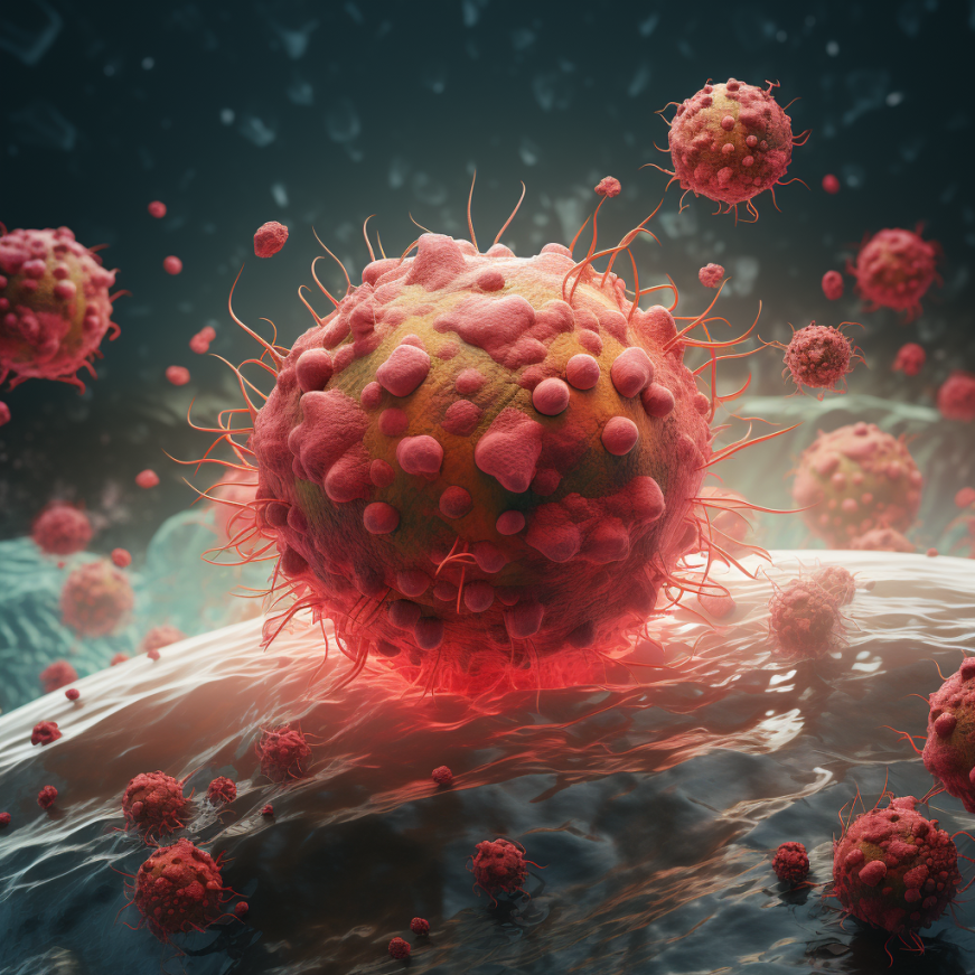The Immune System vs. Cancer: Unpacking the Power of Immunotherapy

Hey, warriors of the wellness world! Have you ever found yourself up late at night, scrolling through pages of medical jargon that sounds like a foreign language? Let’s be honest: understanding medical treatments, especially something as crucial as cancer therapy, shouldn’t be a puzzle.
So today, let’s break down what immunotherapy for cancer is and how it can be a game-changer. Stay tuned for an engaging discussion and meet Linda, who has firsthand experience with this treatment. As always, we’d love to hear your thoughts and experiences in the comments!
What Is Immunotherapy?
Immunotherapy is like giving your immune system a GPS to find and kick cancer out of your body. Traditional treatments like chemotherapy often destroy healthy cells along with the cancerous ones. Immunotherapy, however, offers a more targeted approach, aiming specifically at the bad guys—cancer cells. How amazing is that?
Statistics:
- About 1 in 8 U.S. cancer patients receive some form of immunotherapy (Source: Cancer.org)
- Immunotherapy success rates range from 15-50%, depending on the cancer type (Source: National Cancer Institute)
How Does the Immune System Fight Cancer?
Before we dive into the details, let’s take a second to applaud our immune system. It’s basically your body’s own personal army, trained to recognize and fight off intruders like bacteria, viruses, and, yes, cancer cells. When it comes to battling cancer, immunotherapy turns this army into super soldiers.
For instance, Linda started noticing unexplained weight loss and fatigue. She initially tried adjusting her diet for cancer patients but realized it wasn’t helping. After a series of tests, she was diagnosed with melanoma and turned to immunotherapy as her treatment.

What Are the Types of Immunotherapy?
Alright, let’s cut to the chase. There are several types of immunotherapy, including:
- Checkpoint Inhibitors: Blocks proteins that stop the immune system from attacking cancer cells.
- CAR-T Therapy: Alters T-cells to make them more effective at killing cancer cells.
- Monoclonal Antibodies: These are lab-created molecules that mimic immune system warriors.
- Cancer Vaccines: Yes, you heard right. These vaccines help the immune system recognize cancer cells.
Statistics:
- Checkpoint inhibitors have a success rate of around 40% in treating melanoma (Source: FDA)
- CAR-T Therapy has been approved for specific blood cancers, with success rates exceeding 50% (Source: American Cancer Society)
Quick Poll
Which Cancers Are Treated with Immunotherapy?
Immunotherapy is not a one-size-fits-all miracle. It’s most commonly used to treat:
- Melanoma
- Lung Cancer
- Head and Neck Cancer
- Certain types of Breast Cancer
Statistics:
- About 27% of lung cancer patients respond positively to immunotherapy (Source: National Cancer Institute)
- The FDA has approved immunotherapy for over 15 types of cancer (Source: FDA)
Side Effects of Immunotherapy
While immunotherapy promises targeted action against cancer cells, it’s not a walk in the park. Side effects can range from mild to severe and differ from person to person. Common issues include fatigue, skin irritation, and gastrointestinal problems like nausea or diarrhea. Some patients may also experience more concerning symptoms such as shortness of breath, hormonal imbalances, and even organ inflammation.
But don’t let these potential downsides deter you; many side effects are manageable with medication and lifestyle adjustments. Linda, for instance, experienced mild nausea and skin irritation during her treatment. But, by closely monitoring her diet for cancer patients and consulting with her healthcare team, she was able to manage these symptoms effectively.
Statistics:
- Around 30% of patients experience mild to moderate side effects (Source: Cancer.gov)
- Severe side effects requiring hospitalization occur in less than 5% of cases (Source: National Cancer Institute)
How Often Do You Receive Immunotherapy?
The frequency of immunotherapy treatments can vary widely, depending on a myriad of factors such as the type and stage of cancer, the specific kind of immunotherapy used, and how well your body responds to the treatment. Some people might receive treatments every week, while others might go every three weeks or even less often. Treatment sessions can last anywhere from a few minutes to a few hours.
In Linda’s case, she had her treatments every three weeks for about a year. But that’s not all—she also had to go in for regular check-ups between sessions to monitor her progress, including scans and blood tests. During these intervals, she found it beneficial to stick to a specially planned diet for cancer patients, which helped her manage side effects and boost her energy levels.
Conclusion
So, warriors, let’s give a virtual high-five to immunotherapy. It’s like turning your immune system into a laser-guided, cancer-seeking missile. And let’s not forget Linda, who’s living her life melanoma-free after a year of immunotherapy treatments.
PLEASE SHARE YOUR EXPERIENCE AND THE COMMENTS BELOW, SO WE CAN HELP EACH OTHER WITH THE KNOWLEDGE YOU HAVE GAINED.
References
- Cancer.org, “What Is Cancer Immunotherapy?”
- National Cancer Institute, “Types of Cancer Immunotherapy”
- FDA, “Approved Cancers for Immunotherapy”





